By Al Hemingway
I am happy nowhere else and in no other society, and all my wishes end, where I hope my days will end, at Monticello,” wrote Thomas Jefferson in 1787. The most fervent wish of our third president was to retire in peace and pursue his own dreams, after sacrificing so much of his life to the new country. As it turned out, a peaceful retirement was not necessarily in the cards for Jefferson.
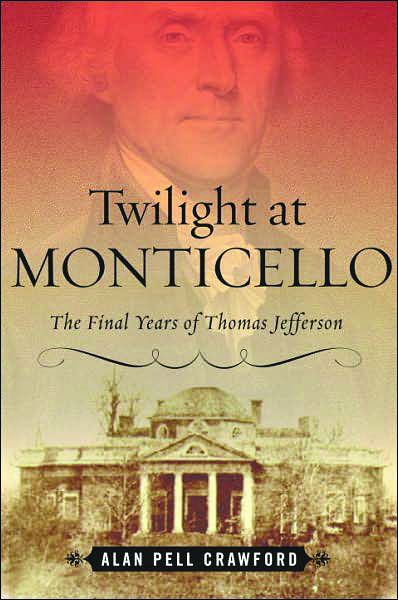 In Twilight at Monticello: The Final Years of Thomas Jefferson (Random House, New York, 2008, 352 pp., notes, index, $26.95, hardcover), historian Alan Pell Crawford examines the life of one of our most prominent founding fathers after he retired from public life in 1809. He finds a number of disquieting events marring Jefferson’s longed-for retirement from public life.
In Twilight at Monticello: The Final Years of Thomas Jefferson (Random House, New York, 2008, 352 pp., notes, index, $26.95, hardcover), historian Alan Pell Crawford examines the life of one of our most prominent founding fathers after he retired from public life in 1809. He finds a number of disquieting events marring Jefferson’s longed-for retirement from public life.
Monticello, located near Charlottesville, Virginia, was nearly 11,000 square feet and included 20 rooms, making it “Roman neoclassical with distinctly Jeffersonian touches.” The mansion possessed numerous paintings, an impressive library containing nearly 7,000 books, and a wide assortment of silverware, fine china, and furniture, much of which Jefferson purchased in France while serving as American ambassador there after the Revolution. Monticello was truly a work of art—inside and out—and Jefferson wanted nothing more than to live out his remaining years in peace, pursuing his many wide-ranging interests. For the Virginia-born statesman, unfortunately, this was not to be.
When he departed from Washington, D.C., Jefferson had amassed a debt of $11,000 dollars, a total that grew considerably after he took up residence at his beloved Virginia estate. His farming endeavors were a dismal failure, the mills he owned were badly mismanaged, and soon he owed the merchants in town large amounts to sustain the dwelling and the many slaves he owned who worked the grounds.
Crawford details other nonfinancial troubles that plagued Jefferson’s retirement. Jefferson’s conflicted views of slavery, and his alleged affair with the slave Sally Hemings that supposedly produced half a dozen children, is brought to light in the book. Although never proven conclusively, even with DNA testing, Crawford accepts the possibility that Jefferson may have been the father of at least some of Hemings’s children.
But the larger question of slavery greatly troubled the author of the Declaration of Independence. It seems almost hypocritical that a man who owned slaves should also champion the abolishment of slavery. “We have a wolf by the ears; and we can neither hold him, nor safely let him go,” Jefferson said of slavery. “Justice is in one scale, and self-preservation in the other.”
Family tragedy also haunted the former president at Monticello. His eldest grandson, Jeff Randolph, had an altercation with his alcoholic brother-in-law, Charles Bankhead, in Charlottesville. The younger Jefferson confronted him after he heard that Bankhead had been beating Randolph’s sister during his drunken rampages. During the ensuing fight, Randolph was stabbed by Bankhead, who then fled to seek sanctuary with his father. Taken to a doctor’s house, Randolph nearly bled to death. Upon hearing of his grandson’s plight, Jefferson rode at a furious pace to be by his side. Miraculously, Randolph recovered from his terrible ordeal.
Prior to his death, Jefferson attempted to rid himself of the escalating debt he had incurred throughout his later years. The much-venerated statesman approached the state legislature and requested that a statewide lottery be held, with the winner getting Monticello. The funds would erase all of his bills and leave some money for his family after his death. When the proposal went before the governing body, it met with “stiff resistance.” The idea never took hold, and few Virginians demonstrated any interest in saving Jefferson’s family from financial ruin. Jeff Randolph later wrote to President James Madison stating that the lottery was “prostrate without the least hope of another revival.”
Jefferson died on July 4, 1826, and the family went through the “excruciating ordeal” of selling off most of the contents of the house, including the slaves. The following years saw the once-beautiful dwelling slip into a state of utter disarray. In 1923, the Thomas Jefferson Foundation purchased the house and surrounding property from the Levy family, who had owned it for nearly 90 years. Today, approximately half a million people visit Monticello to pay homage to our third president.
Thomas Jefferson was a man who, although not naturally vain by nature, still worried how future generations would view him and his role in the founding of the new country and its government. He need not have worried. Although he possessed numerous personal flaws, the tremendous achievements and sacrifices Jefferson made for his country will live forever. He left behind an incredible legacy, starting with the Declaration of Independence and including a huge collection of books that eventually became the nucleus for the Library of Congress and the driving force for the construction of the University of Virginia.
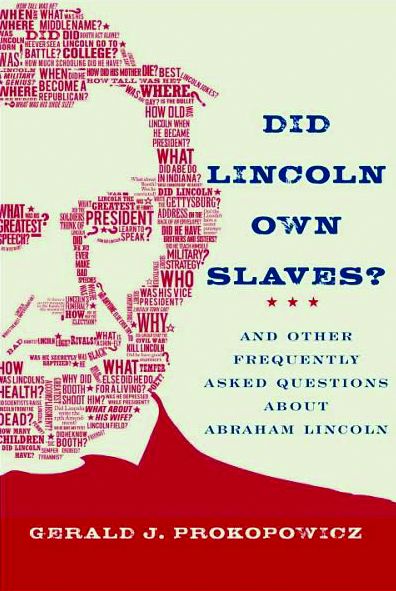 Did Lincoln Own Slaves? And Other Frequently Asked Questions About Abraham Lincoln by Gerald J. Prokopowicz, Pantheon Books, New York, 2008, 352 pp., photos, index, $24.95, hardcover.
Did Lincoln Own Slaves? And Other Frequently Asked Questions About Abraham Lincoln by Gerald J. Prokopowicz, Pantheon Books, New York, 2008, 352 pp., photos, index, $24.95, hardcover.
Perhaps no other American president has been so closely scrutinized by historians as Abraham Lincoln. There have been countless books and articles written about the “Great Emancipator,” and more are sure to follow. (Military Heritage editor Roy Morris, Jr., has just published his own Lincoln study, The Long Pursuit: Abraham Lincoln’s Thirty-Year Struggle with Stephen Douglas for the Heart and Soul of America, with Collins/Smithsonian.) Lincoln’s popularity with new generations seems never to cease.
What makes author Gerald Prokopowicz’s new offering so interesting is that it tackles some tough questions dealing with our 16th president. The author, a member of the Abraham Lincoln Bicentennial Commission’s Advisory Committee, attempts to answer various long-standing inquiries about “Honest Abe.” The questions are in chronological order, beginning with Lincoln’s childhood and culminating with his assassination at Ford’s Theater in April 1865. The last chapter, entitled “Legacy,” attempts to answer queries from people who want to know how Lincoln would perform in today’s political climate and what stance he would take on present-day social issues such as legalized abortion. And what if Lincoln had not been killed—how would that have altered national events?
Another controversial issue is the matter of Lincoln’s sexual orientation. Was he gay? Individuals who claim that he was cite examples such as his unusually close relationship with Joshua Speed. While young, the two men shared a bed, and their correspondence, some say, has sexual innuendos that prove both were having a homosexual tryst. The author, to his credit, concludes that there is no direct evidence to suggest that Lincoln had a secret affair with any male. “Lincoln, however, lived in nineteenth-century frontier Illinois, where beds were scarce and expensive, and young men often shared them for the reason that many young people of the same sex today share small apartments or college dorm rooms: to save money,” states Prokopowicz.
Finally, to answer the question posed in the title of the book, Abraham Lincoln did not own any slaves. Lincoln’s family left Kentucky because the influx of slaves was making it difficult for poor white families to find jobs. He lived most of his adult life in the nonslave states of Indiana and Illinois.
Did Lincoln Own Slaves? is a very entertaining account of one of the towering figures in American history. As the author writes, “Lincoln believed that the goals of Union and eventual emancipation were both necessary to the success of America’s grand experiment in self-government. He achieved them both. That was his greatest accomplishment.”
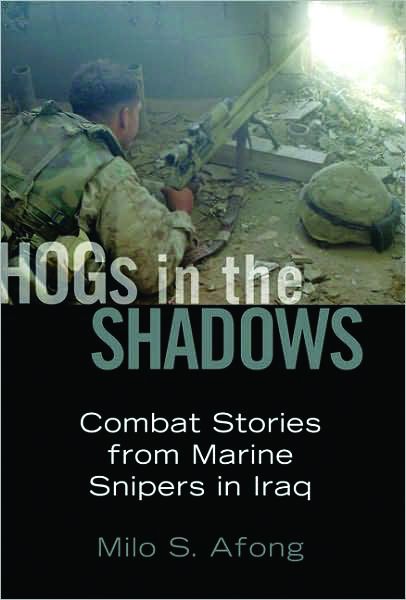 HOGs in the Shadows: Combat Stories from Marine Snipers in Iraq by Milo S. Afrong, Berkley Publishing Group, New York, 2007, 262 pp., photos, $24.95, hardcover.
HOGs in the Shadows: Combat Stories from Marine Snipers in Iraq by Milo S. Afrong, Berkley Publishing Group, New York, 2007, 262 pp., photos, $24.95, hardcover.
HOG is an acronym for Hunter of Gunmen, more commonly referred to as a sniper. The author is certainly qualified to write about the dangerous world of the sniper. He graduated first in his class from the 1st Marine Division scout/sniper school and received the Purple Heart Medal, Combat Action Ribbon and Navy and Marine Corps Achievement Medal “V” Device during his tour in Iraq.
Each chapter is devoted to an individual Marine sniper and their experiences on the front lines. Of particular interest is Chapter 6, entitled “April in Fallujah.” It follows the exploits of Corporal Ethan P. (the author never uses full names) during his time in Umm Qasr, An Nasiriyah, and Fallujah. Ethan P. would ultimately have 32 kills to his credit—all of this in an incredible two-week period—compared to an average of 90 kills by Marine snipers in Vietnam during a year-long tour of duty in that country.
The author notes that an enemy manual for their own snipers recommends that they “target enemy snipers and surveillance teams because of lessons learned in Fallujah, where Mujahideen were handicapped more by U.S. Marine snipers than by air raids or other artillery and cover fire. The reference to Marine snipers was due in large part to Ethan and his team.”
HOGs in the Shadows is a compelling account of the mysterious and perilous assignment of a Marine sniper in today’s hazardous climate of urban combat. They are indeed some of the unsung heroes of the war in Iraq.
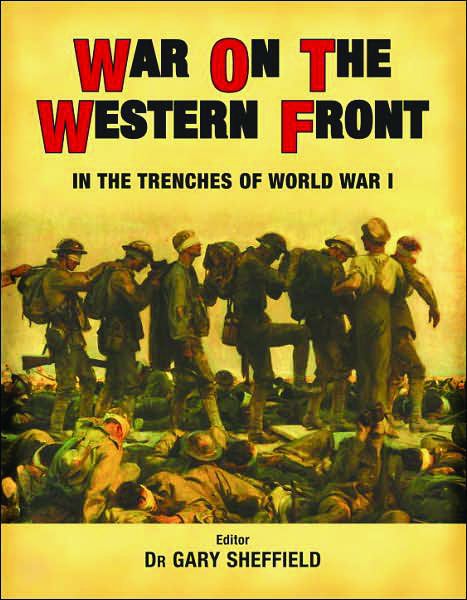 War on the Western Front: In the Trenches of World War I edited by Gary Sheffield, Osprey, New York, 2007, 272 pp., photos, illustrations, $24.95, hardcover.
War on the Western Front: In the Trenches of World War I edited by Gary Sheffield, Osprey, New York, 2007, 272 pp., photos, illustrations, $24.95, hardcover.
Osprey Publishing is certainly a leader in providing readers with scores of photographs and richly detailed drawings in their military history books. This one on World War I is no exception. Editor Gary Sheffield has assembled five different historians to write about the weapons, tactics, and various units that took part in the epochal conflict. The book goes into every aspect of the war: its origins; German, English, French, and American troops; diseases; recruitment incentives used; and other factors.
The chapter devoted to the American doughboy is particularly interesting. The United States entered the war after attempting to remain neutral since its inception in 1914. The cocky attitude of the newly arrived American troops was summed up by a popular joke at the time: “Halt! Who goes there?” “A soldier of the King.” “Advance, Englishman.” “Halt! Who goes there?” “Soldat Francais.” “Advance, Frenchman.” “Halt! Who goes there?” “Who the hell wants to know?” “Advance, American.”
This year will mark the 90th anniversary of the end of World War I. Sheffield’s book is a fitting tribute to all those millions of men who died or were seriously wounded in the self-promising “war to end all wars.”
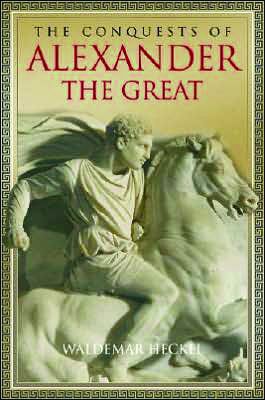 The Conquests of Alexander the Great by Waldemar Heckel, Cambridge University Press, New York, 2008, 218 pp., maps, index, hardcover.
The Conquests of Alexander the Great by Waldemar Heckel, Cambridge University Press, New York, 2008, 218 pp., maps, index, hardcover.
Noted scholar Waldermal Heckel has written an intriguing look at the military conquests of Alexander the Great, arguably history’s greatest military commander. In his short life, which abruptly ended a month short of his 33rd birthday, Alexander had conquered much of the known world and had his sights set on Western Europe.
The book is not a biography, Heckel notes, avoiding Alexander’s childhood, his sexual orientation, and the mysterious nature surrounding his untimely demise. Instead, the author concentrates purely on Alexander’s military campaigns and their effect on other nations. A chronological table of events lists all of Alexander’s military expeditions, and more than a dozen maps and illustrations depicting the strategy he employed to win his battles are also included. Appendices catalog Alexander’s officers, the number of his troops and those of the opposing forces, and the administrators of his far-flung empire.
After Alexander the Great’s death, his vast empire fell into ruin. As Heckel writes, “Ultimately, his legacy was carved up not by the brilliant younger marshals but by lesser men, many of whom were to enjoy wealth and power beyond their wildest dreams. But the struggle for domination saw the conquerors’ swords stained with Macedonian blood and the fragmentation of the hard-won empire. Weakened and debased, its constituent parts were drawn slowly into the rival embraces of Rome in the west and the resurgent ‘Persia’ of the Partian horsemen.”
The Canadians at Falaise: 16/17th August 1944 by Jean-Luc Leleu, Ysec Books, 2007, 80 pp., maps, photos, softcover.
The Battle of Falaise, or what would be known later as the Falaise Pocket, was one of the bloodiest of World War II. With the German Army retreating after the D-Day landings, the Allies attempted to seal the gap at Falaise and kill or capture as many enemy troops as possible. Although a great Allied victory, the American, British, Polish, and Canadian armies were never fully able to plug the opening, and many German units did escape to live and fight another day.
The author, using eyewitness accounts from German soldiers and the residents of the French town, attempts to dispel the myth that the German soldiers fought to the death. He quotes German NCO Cadet Karl-Heinz Decker of the 25th SS Infantry Regiment, who gave the following 1983 account of the events at Falaise: “When it was dark we went into the street where we became the targets of violent fire,” he said. “We rushed into the houses to find shelter and stayed there till dawn. Thanks to an air raid, we managed to sneak out, through enemy positions. We were 18 men.” Decker and his comrades were later captured by Allied forces and spent the remainder of the war as prisoners.
Full of rare photographs of the fighting in Falaise, the book attempts to set the record straight about the eventual seizure of the town and the actions of the Canadians as well as the German forces. In this, it largely succeeds.
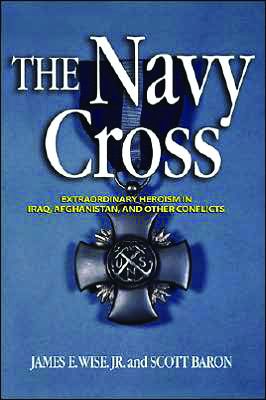 The Navy Cross: Extraordinary Heroism in Iraq, Afghanistan, and Other Conflicts by James E. Wise, Jr. and Scott Baron, Naval Institute Press, Annapolis, MD, 2007, 251 pp., photos, maps, index, $31.46, hardcover.
The Navy Cross: Extraordinary Heroism in Iraq, Afghanistan, and Other Conflicts by James E. Wise, Jr. and Scott Baron, Naval Institute Press, Annapolis, MD, 2007, 251 pp., photos, maps, index, $31.46, hardcover.
The Navy Cross is the second highest award that can be bestowed upon a sailor or Marine during combat operations against an enemy of the United States. The authors have selected recipients of this prestigious decoration from World War II to the present and highlighted their extraordinary heroism under fire.
Among the men who have earned the Navy Cross is the legendary Lewis B. “Chesty” Puller, who was awarded an amazing five Navy Cross citations during his 37 years as a Marine. His actions in Nicaragua (where he received two), Guadalcanal, Cape Gloucester, and Korea are still written about and discussed today.
The authors have also included the individuals who have been given the Navy Cross for bravery in today’s wars in Iraq and Afghanistan. There is no shortage of heroism among present-day sailors and Marines performing their duty under the rigors of urban fighting. Included is the citation of Sergeant Jeremiah Workman, who was presented his medal in January 2007 for actions in Fallujah in December 2004. “The story of the bravery of the U.S. armed forces must be told so that future generations of Americans are continually reminded of the high cost of freedom,” write Wise and Baron in the preface. All Americans should concur.
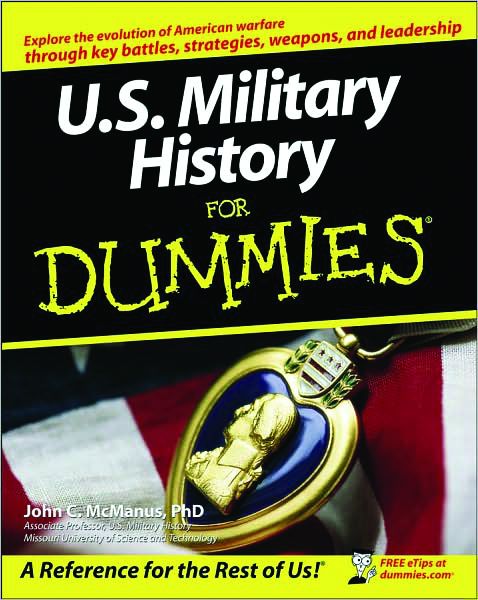 U.S. Military History for Dummies by John C. McManus, PhD, Wiley Publishing, New York, 2007, 366 pp., illustrations, maps, $21.99, softcover.
U.S. Military History for Dummies by John C. McManus, PhD, Wiley Publishing, New York, 2007, 366 pp., illustrations, maps, $21.99, softcover.
Who really won the Battle of Bunker Hill? What started the Mexican War? Were the attacks on the USS C. Turner Joy and Maddox by North Vietnamese gunboats real or fictitious?
To provide answers to these and a multitude of other questions is the goal of Professor John C. McManus in his new book, U.S. Military History for Dummies. He covers all the nation’s military campaigns, from when the American colonies were still under English control during the French and Indian Wars to Iraq, Afghanistan, and the ongoing war against terrorism.
The author lists the 10 best and 10 worst generals in American military history—always a heated topic among military historians. He also lists his own 10 best war movies of all time—several of which I do not think should be there, but which the author certainly has the prerogative to choose.
For those who want to learn more about our nation’s military history, but are sometimes intimidated by verbose and boring tomes, McManus’s book is a good starting point for any interested novice.
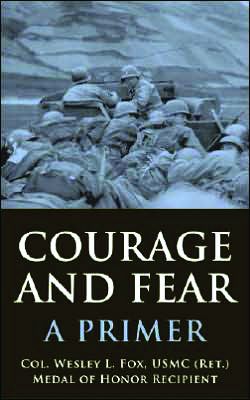 Courage and Fear: A Primer by Colonel Wesley L. Fox, USMC (Ret.), Potomac Books, Washington, DC, 2007, 117 pp., photos, $19.95, hardcover.
Courage and Fear: A Primer by Colonel Wesley L. Fox, USMC (Ret.), Potomac Books, Washington, DC, 2007, 117 pp., photos, $19.95, hardcover.
There is no one more fitting to discuss courage and valor than Colonel Wesley Fox. As a platoon leader in Vietnam with Company A, 1st Battalion, 9th Marines, Fox was the recipient of our nation’s highest award—the Medal of Honor—during Operation Dewey Canyon.
Fox attempts to answer the biggest questions that men must face in a combat situation: fear and courage. “Fear with its many synonyms can encompass a broad range of emotions,” writes Fox. “The more we know about a particular fear and how it affects us personally, the better chance we have to recover and leave it behind us.” Fox stresses that courage can ultimately overcome fear: “Courageous responses handle our fears, and we pull these responses from within ourselves and from others around us. Gaining from and borrowing from others involved with us is what makes the team so important to us in fearful situations.”
This book is a must-read for soldiers currently serving in today’s military. It can also be extremely helpful to those whose occupations, including policemen and firemen, place them in hazardous circumstances on a daily basis. Fear and courage are two sides of the same coin, and the brave men and women serving in uniforms make a down payment every day in the currency of the realm.
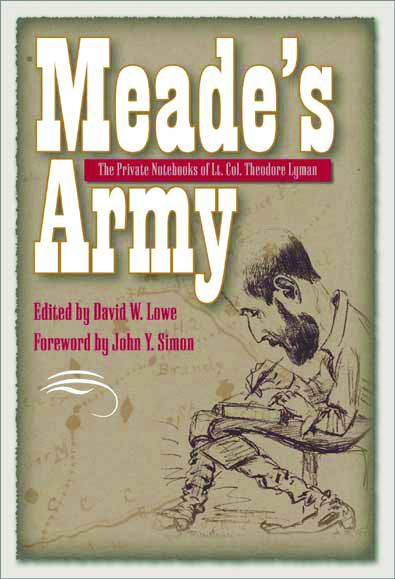 Meade’s Army: The Private Notebooks of Lt. Col. Theodore Lyman edited by David W. Lowe, Kent State University Press, Kent, Ohio, 2007, 518 pp., maps, $45.00, hardcover.
Meade’s Army: The Private Notebooks of Lt. Col. Theodore Lyman edited by David W. Lowe, Kent State University Press, Kent, Ohio, 2007, 518 pp., maps, $45.00, hardcover.
Perhaps no other person kept such an accurate and personal account during the Civil War than Lt. Col. Theodore Lyman. A son of wealthy parents, Lyman could have easily avoided military service during the bloody conflict, but instead chose to return from Europe and serve on Maj. Gen. George Gordon Meade’s staff in the Union Army.
From September 1863 until war’s end at Appomattox Court House in 1865, Lyman’s keen observations were recorded in his journals. He chronicled the movements of the Army of the Potomac and drew meticulous maps depicting the positions of both armies on the eve of battle.
Lyman’s writings shed new light on the personalities of the general staff and the strategy employed to defeat the Confederacy. The Boston native was well-liked and went on to serve his country after the war ended. “He was the best educated officer upon my staff in the Army of the Potomac and of this I have no doubt,” remarked General Morris Schaff, speaking of Lyman.
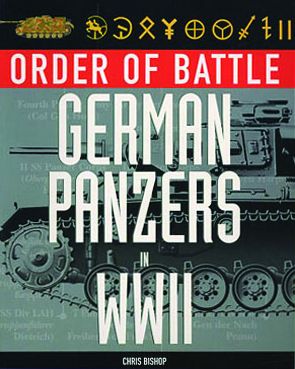 Order of Battle: German Panzers in World War II by Chris Bishop, Zenith Press, St. Paul, MN, 2007, 192 pp., maps, photos, index, $19.95, softcover.
Order of Battle: German Panzers in World War II by Chris Bishop, Zenith Press, St. Paul, MN, 2007, 192 pp., maps, photos, index, $19.95, softcover.
Zenith Press has just initiated its new “Order of Battle” series, and its first offering is this handsome book packed full of detailed maps, photos, and information dealing with Hitler’s Panzers in World War II. British Historian Chris Bishop studies the organization and strength of the Nazi tank units and the campaigns they participated in during the conflict. Beginning with the blitzkrieg into Poland in September 1939 and continuing through to the risky German venture in December 1944 that would become known as the Battle of the Bulge, the fighting by the panzers is closely scrutinized.
The appendices at the rear of the book are also interesting. From 1939 until 1945, German and Allied tank production is listed. The various panzer divisions are broken down by regiment and battalions, and the different unit insignias are shown as well. It’s a wealth of material on one of the most colorful and distinctive fighting units of World War II.
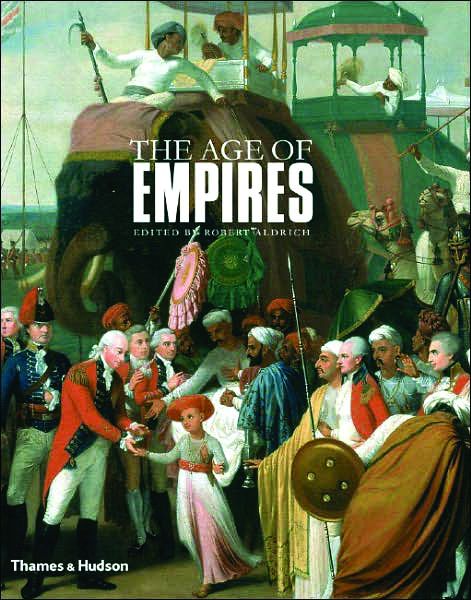 The Age of Empires edited by Robert Aldrich, Thames & Hudson, New York, 2007, 320 pp., maps, illustrations, index, $50.00, hardcover.
The Age of Empires edited by Robert Aldrich, Thames & Hudson, New York, 2007, 320 pp., maps, illustrations, index, $50.00, hardcover.
Beginning with the Ottoman Empire and stretching through the Bush administration’s bumbling attempts to build its own empire—or at least extend American reach—in the Middle East, historian Robert Aldrich discusses the different motivations and barriers to empire-building in world history. Each chapter details the exploits of individuals and countries to broaden their personal or national influence by utilizing violence, treachery, heroism, and cruelty in an attempt to colonize other nations for their own profit and gain. Today, nations should heed the prophetic words of British Prime Minister Winston Churchill at Harvard University in 1943: “The empires of the future are the empires of the mind.”
The book is richly illustrated with color paintings depicting the historical events and the people responsible for them. Maps also trace the routes taken by armies and individuals to show their conquests and subjugation of other societies.
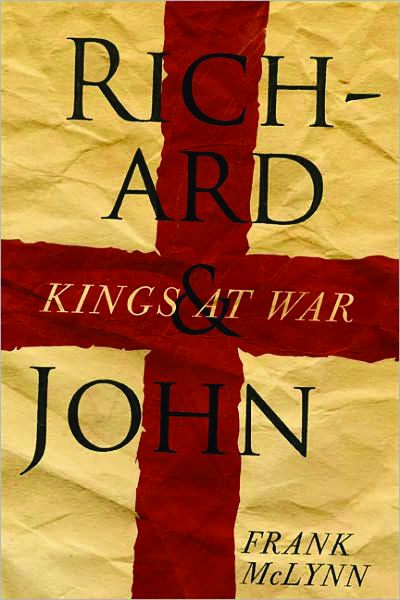 Richard & John: Kings at War by Frank McLynn, Da Capo Press, Cambridge, MA, 2007, photos, index, $30.00, hardcover.
Richard & John: Kings at War by Frank McLynn, Da Capo Press, Cambridge, MA, 2007, photos, index, $30.00, hardcover.
Noted British historian Frank McLynn has done a wealth of research to paint a historically accurate portrayal of Richard and John Plantagenet, brothers who lived in the 12th century and were as different as night and day. McLynn’s narrative depicts John as an “evil usurper,” who, despite his keen intellect, was an ineffectual ruler of England. While Richard, dubbed “the Lionhearted,” was off fighting in the Crusades, his brother John propelled the kingdom into upheaval by battling with his own family, the barons and even the pope in Rome.
The author attempts to answer the question of whether there was a real Robin Hood. “The most plausible overall suggestion is that the ballad cycles are concerned with two very different men,” writes McLynn, “possibly a nobleman in Sherwood and a yeoman in Barnsdale, conflated to form ‘Robin Hood’ and thus like the two different stories of Odysseus and Ulysses in Homer’s Odyssey.”
Whether Robin Hood existed or not is not important. McLynn’s readable account of Richard and John Plantagenet sheds new light on good King Richard and his evil brother John.
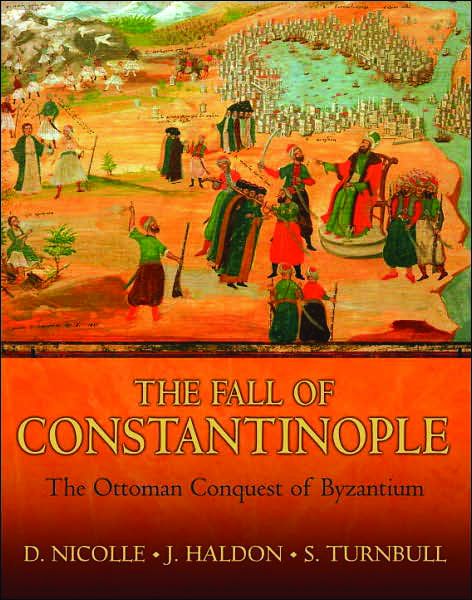 The Fall of Constantinople: The Ottoman Conquest of Byzantium by David Nicolle, John Haldon and Stephen Turnbull, Osprey Publishing, New York, New York, 2007, illustrations, maps, index, $24.95, hardcover.
The Fall of Constantinople: The Ottoman Conquest of Byzantium by David Nicolle, John Haldon and Stephen Turnbull, Osprey Publishing, New York, New York, 2007, illustrations, maps, index, $24.95, hardcover.
To tell the story of the disastrous collapse of the Roman Empire, Osprey Publishing has assembled three of the foremost historians of the period. When the Western Roman Empire fell into disarray, the eastern portion, with the mighty fortress of Constantinople as its capital, fought on for another 800 years against the Turks.
In 1453, Mehmet the Conqueror amassed an army of 80,000 men to attack the city. With only 10,000 defenders within its massive walls, the Christians held off the Turkish assaults for four months before the city was captured. With the death of Constantine XI, the last bastion of Christianity was gone. The book explains the history of Byzantium and how the mighty city of Constantinople was constructed to keep the Turks at bay. Despite its impressive fortifications, Mehmet’s men scaled its impregnable walls and the Islamic hordes had fulfilled their centuries-old dream of conquering the city.
The Fall of Constantinople, like all Osprey publications, has numerous photographs and illustrations to give the reader a greater sense of the actual fighting and history surrounding the fortress. For the armchair historian who wants to learn more about this period in world history, this book is a good start.
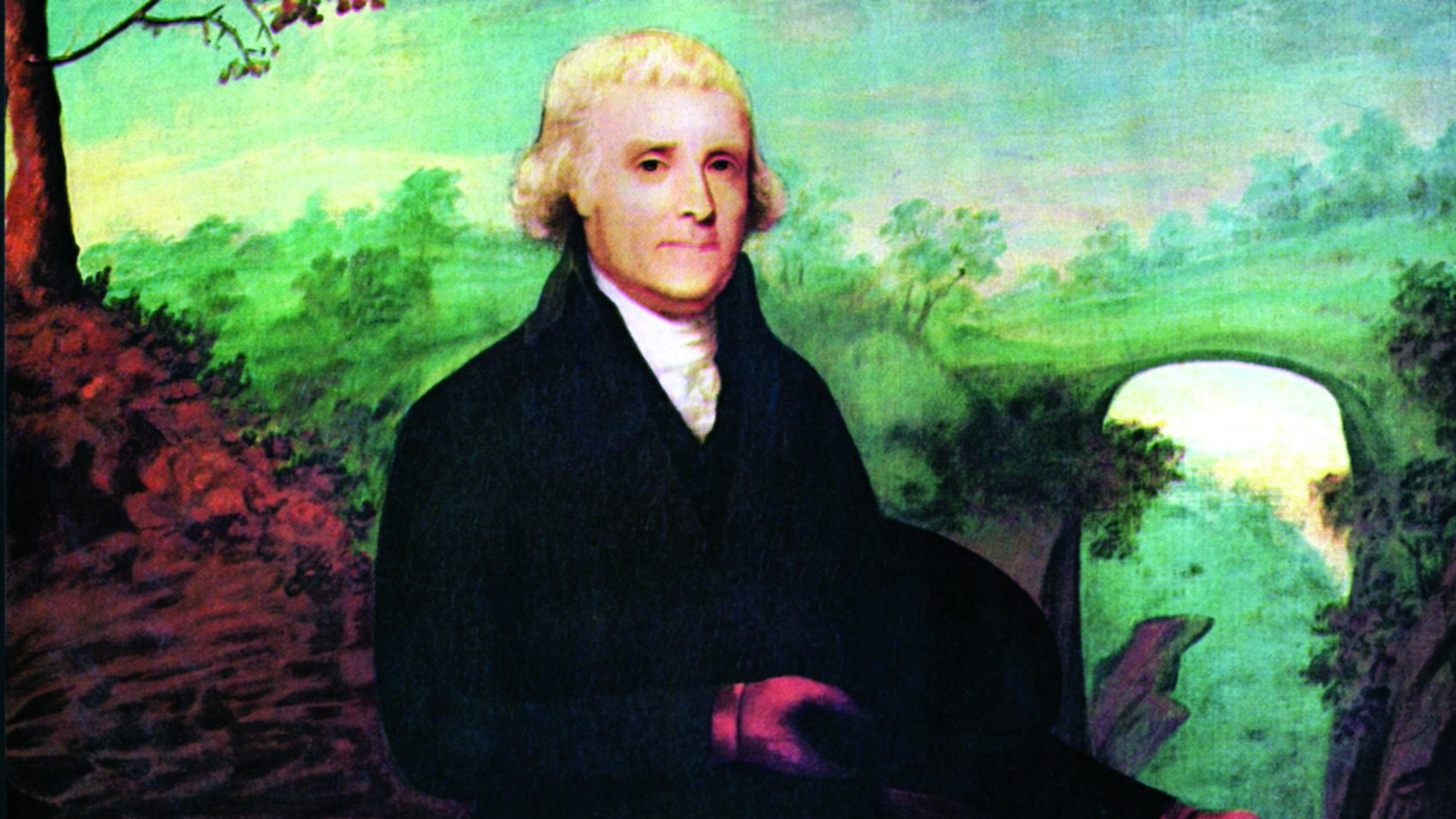
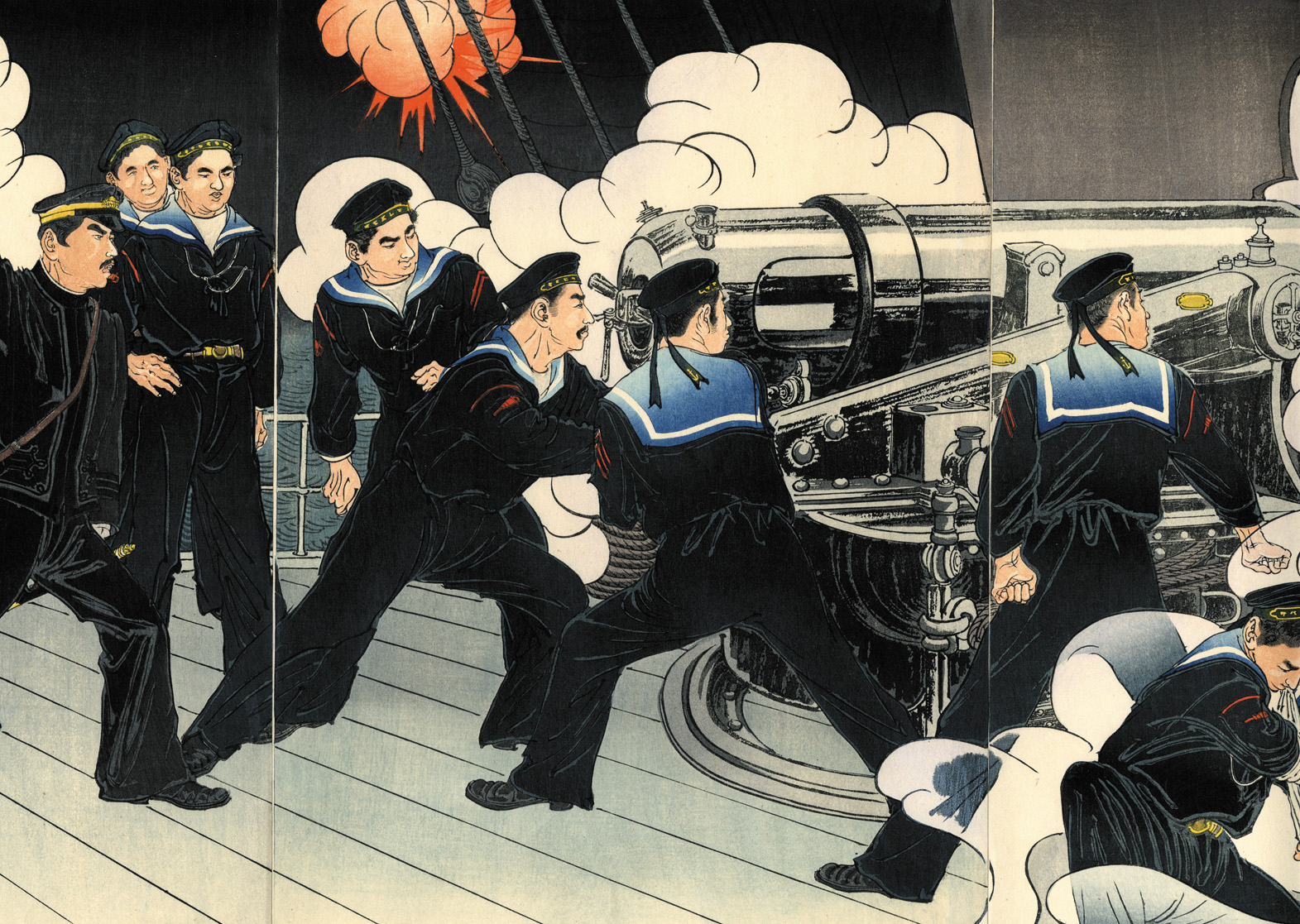

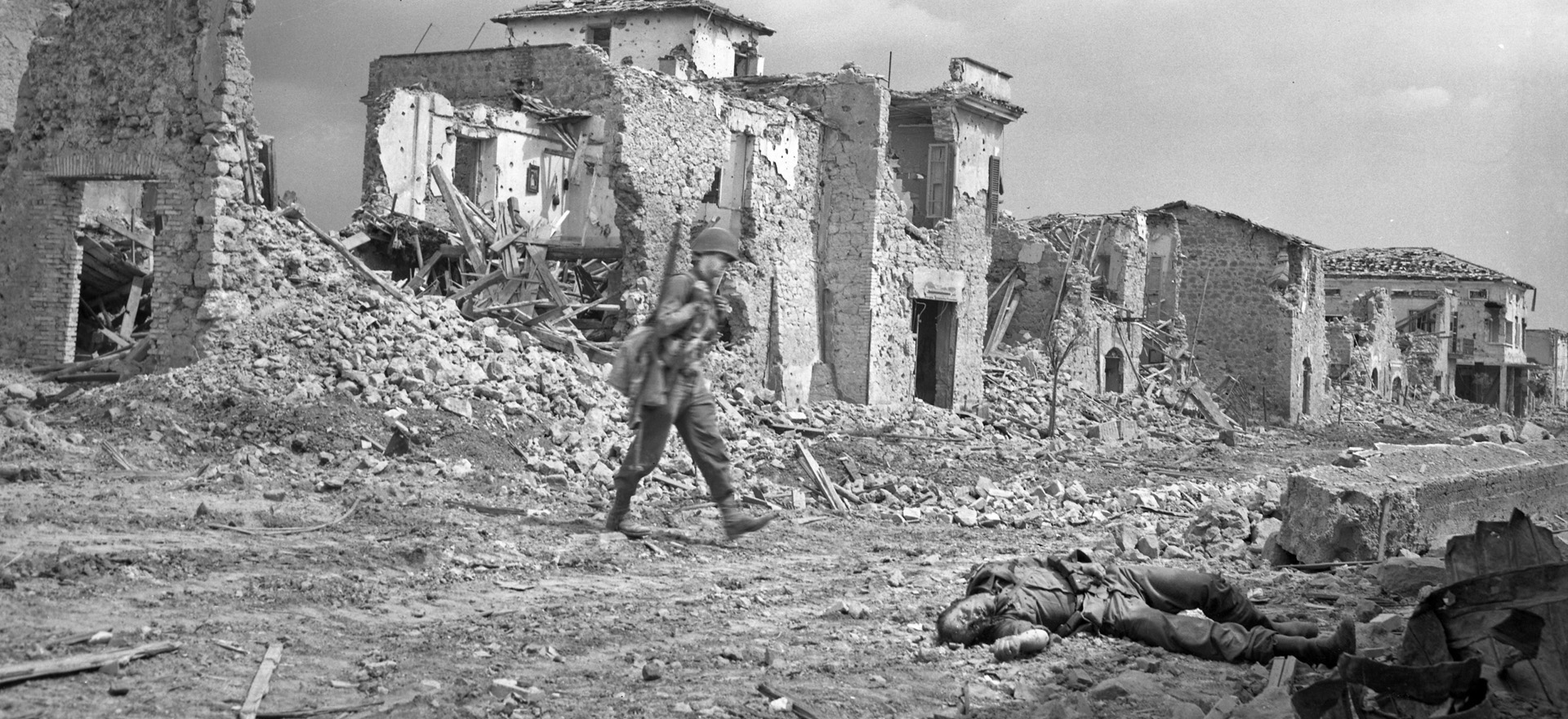
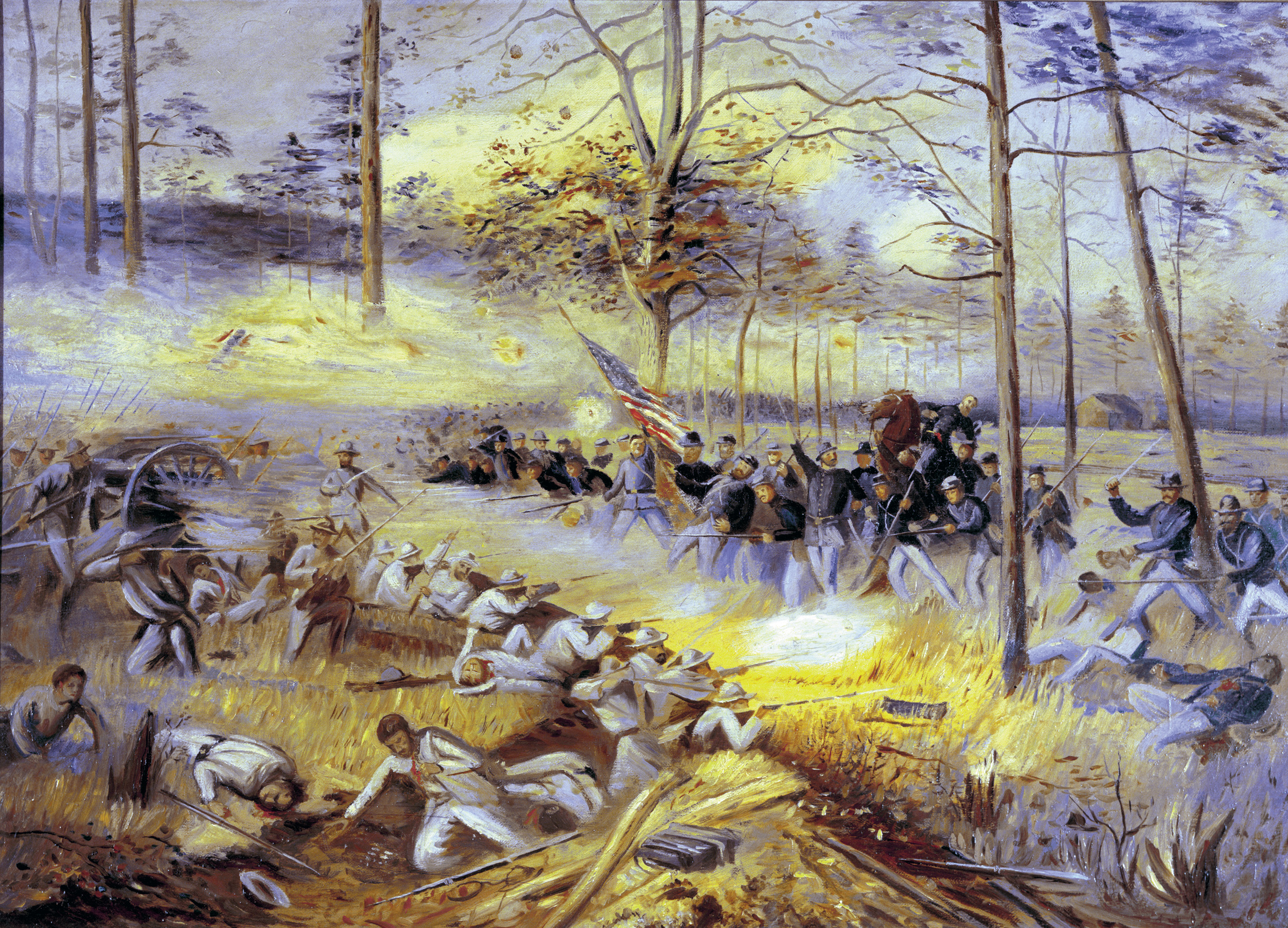
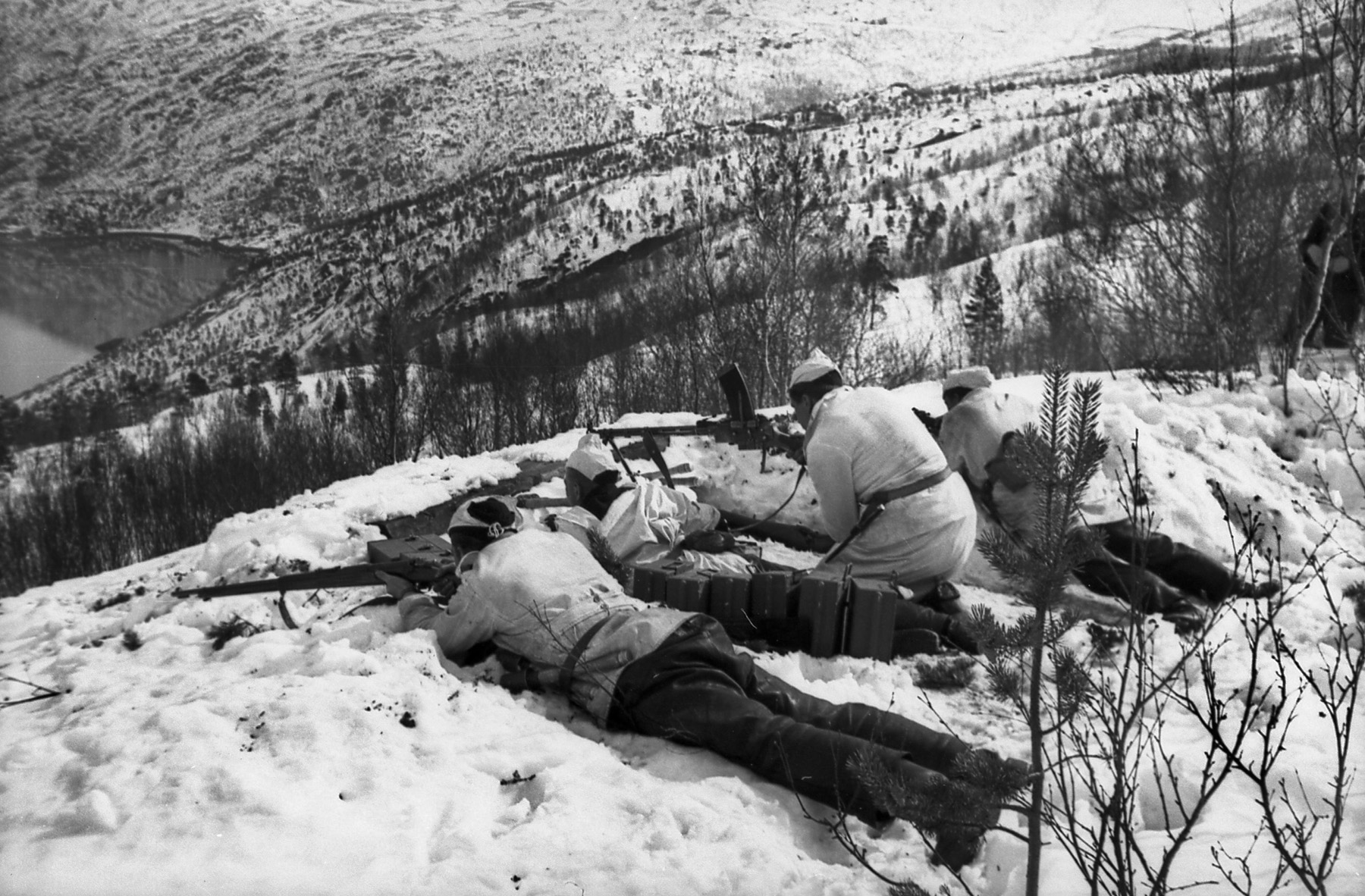
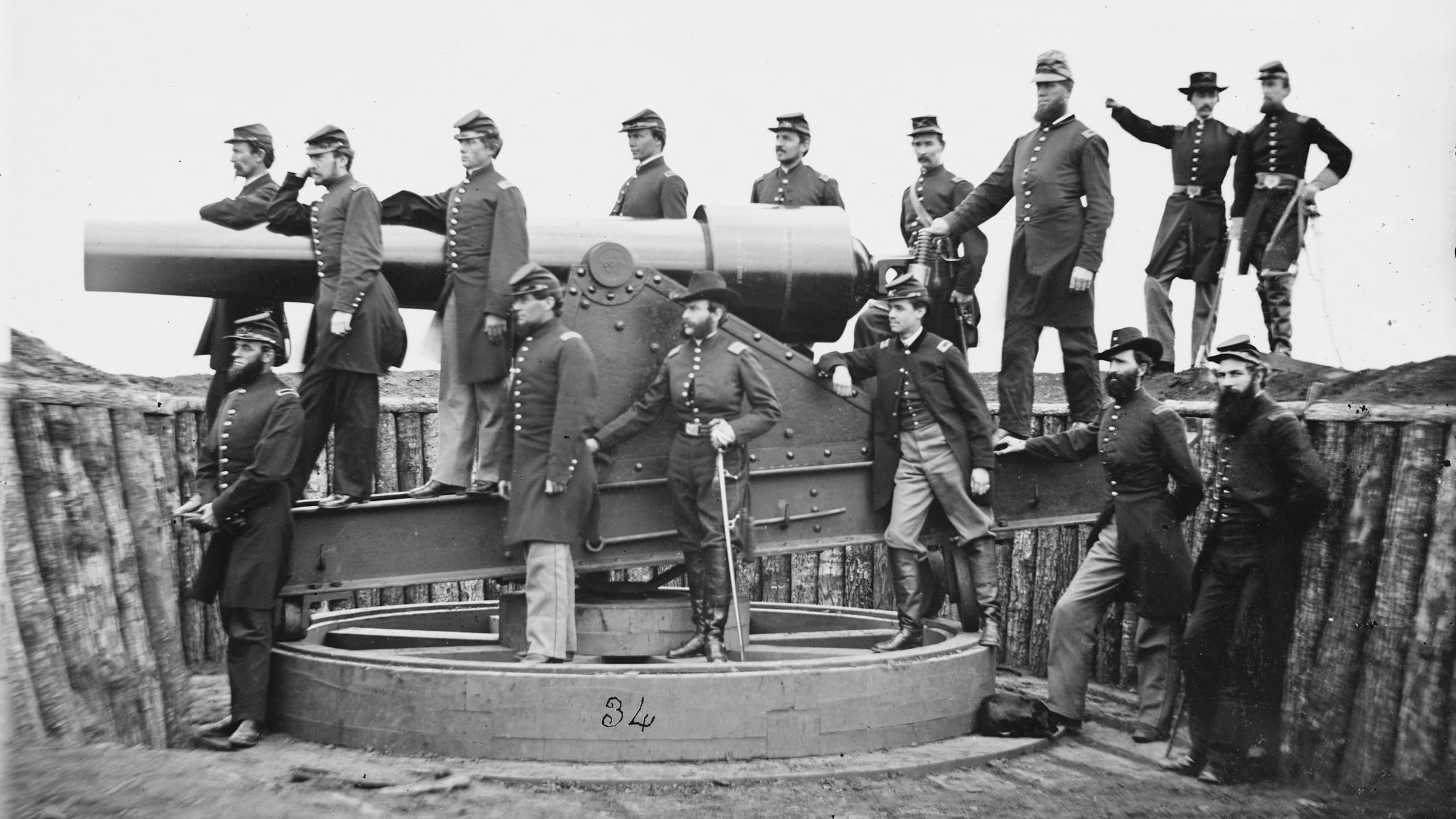
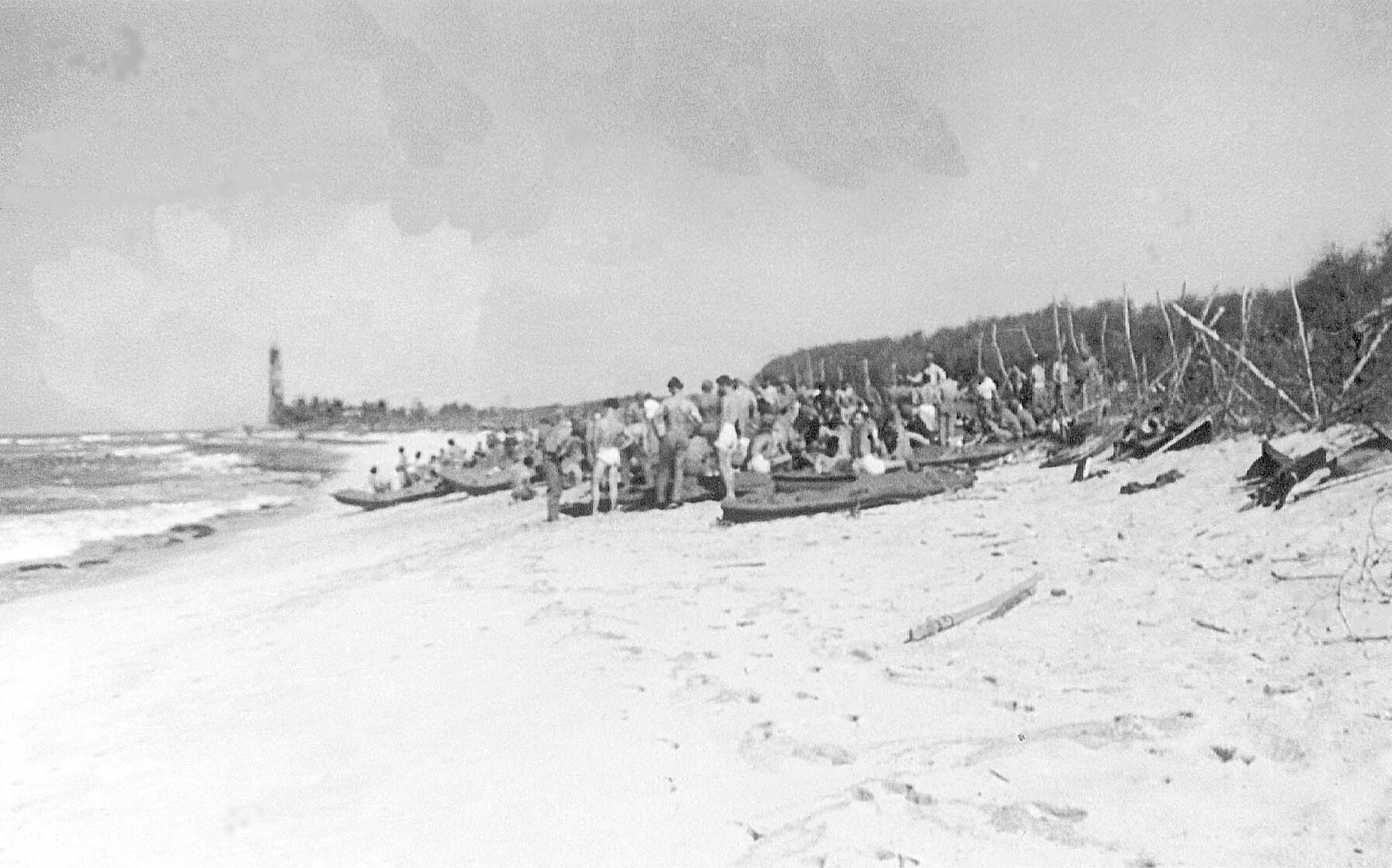
Join The Conversation
Comments
View All Comments